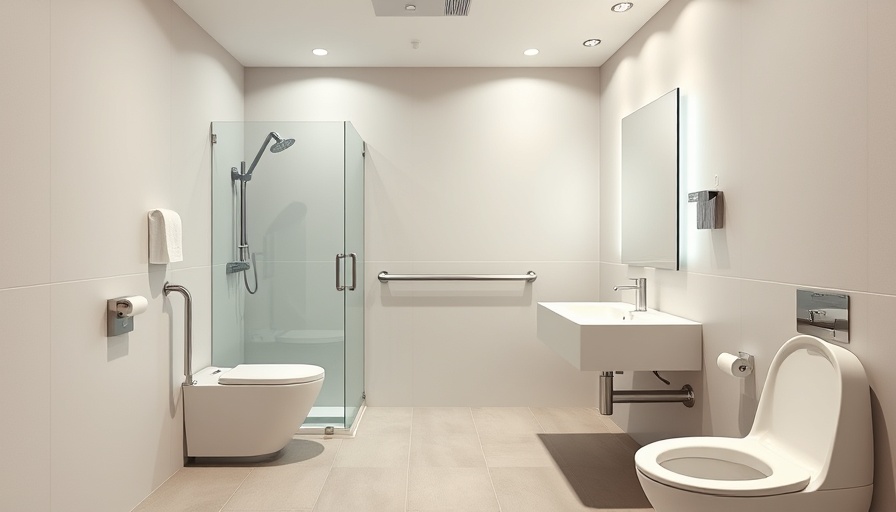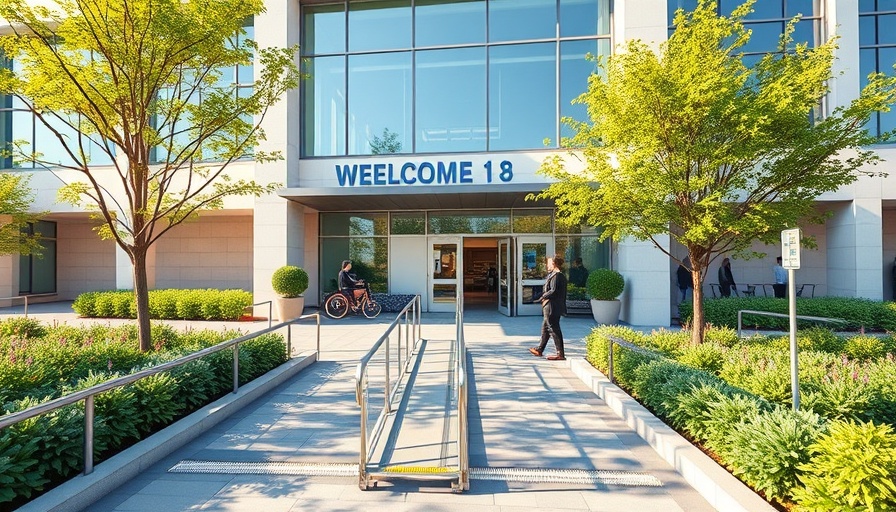
Understanding ADA Compliance: A Personal Commitment
As homeowners, ensuring that our spaces are not only comfortable but also accessible is paramount. For those of us in Toms River, the Americans with Disabilities Act (ADA) isn't just a set of guidelines; it represents a personal commitment to inclusivity. Beyond mere compliance, it’s about enhancing the quality of life for our family, friends, and any future guests who may face mobility challenges.
Why ADA Compliance Matters in Your Bathroom
bathrooms are often high-traffic areas that, when designed with accessibility in mind, can significantly improve the user experience for everyone. Consider this: approximately 1 in 4 adults in the U.S. live with some form of disability, making accessible bathrooms not just a legal necessity but a resource that can foster independence and dignity.
Essential ADA Standards You Should Know
ADA guidelines set forth specific standards crucial for creating an accessible bathroom, including size specifications and fixture placements. For instance, bathrooms must include:
- Turning Radius: A minimum turning radius of 60 inches for wheelchair users.
- Toilet Height: Toilets should be within 17 to 19 inches from the floor for easy access.
- Clear Floor Space: At least 30 inches by 48 inches of clear space in front of fixtures.
This knowledge serves as your blueprint for modifications that can make your bathroom an oasis of accessibility.
Evaluating Your Current Bathroom Layout
Before diving into renovations, assessing your existing layout is fundamental. Take a close look at the current configurations and identify potential barriers. Consider these tips:
- Measure the space: Ensure you have proper dimensions for all installations.
- Identify obstacles: Look for furniture or fixtures that may get in the way.
- Plan for optimal flow: Ensure a seamless connection between entrance, sink, and toilet areas.
By performing this assessment, you're laying the groundwork for future modifications that could enhance not only accessibility but overall enjoyment of your home.
Choosing the Right Fixtures and Fittings
The next step after evaluating your layout is selecting fixtures that align with ADA standards. Fixtures should not only be compliant but also convenient and stylish. Consider:
- Sinks: Wall-mounted or pedestal sinks that allow for wheelchair access underneath.
- Faucets: Lever-operated faucets that can be easily manipulated without strength or grip.
- Grab Bars: Strategically placed grab bars to aid in stability and mobility.
Choosing the right fittings can significantly enhance not only the utility of the space but also its aesthetic appeal.
Future Considerations: Beyond Compliance
While meeting ADA standards is critical, it’s useful to consider how your design can go above and beyond compliance. For example, incorporating anti-slip flooring, good lighting, and even smart technology can provide long-term benefits for all users, not just those with disabilities.
Making Informed Choices for Your Bathroom Renovation
As you move forward with your renovation planning, remember that every choice contributes to a more inclusive environment. Engage with local contractors who have a strong understanding of ADA requirements and consider resources available in Toms River, where experts can provide guidance tailored to your unique situation.
An Invitation to Action
Your journey toward an accessible bathroom begins with understanding and action. Committed homeowners have the power to transform their spaces, ensuring that everyone can enjoy comfort, dignity, and accessibility. Let’s prioritize inclusivity in every home.
 Add Row
Add Row  Add
Add 




Write A Comment